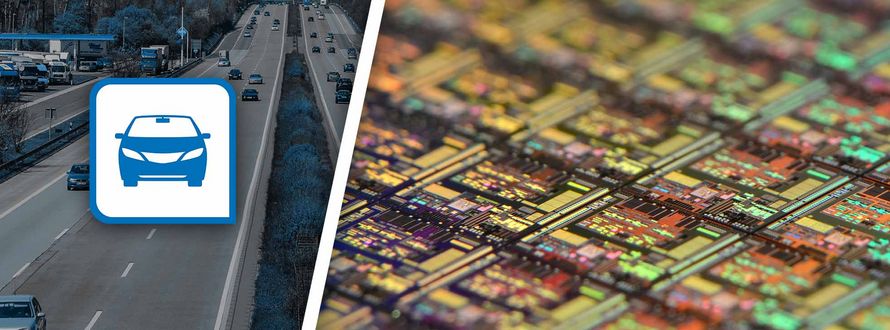The Chip Crisis in the Automotive Industry and what Automakers should do
The chip crisis is keeping automakers at bay and jeopardizing their sales. Much has been written about why, but only few solutions have been offered. Recommendations range from more robust supplier contracts on common technologically goals to moving away from the top-down mentality in chip design to compatible chips from adjacent industries (including the consumer sector). This means adaptations from using standard components, such as displays, to consumer-based data transfer like Ethernet, to align the requirements with the underlying SoCs.
The current Problem
To achieve the zero-defect goal, the automotive industry has so far relied on simple chipsets, controllers and integrated countless of them into individual cars. Today, almost half a kilo of chips is needed just to make an electric motor run efficiently. A high number of parallel systems in a single car is the consequence of this product policy. There are three decisive disadvantages to installing electronic systems in this way.
First, the obvious: Many (low-cost) SoCs and controllers are still expensive in sheer volume. Car manufacturers used to order semiconductors designed to their requirements from manufacturers like Infineon. The price for that was a long development time and a considerable amount of money. It took up to three years to change suppliers. As it turned out, the dependency between suppliers and carmakers was mutual, which paid off for carmakers in terms of just-in-time policy, but is now causing headaches in the purchase departments in the automotive industry. So, if optimized communication is supposed to improve cooperation, it however won't change the basic problem.
Secondly, at the modular level, design may be simpler and thus less error-prone, but the triumph of automotive electronics also increases the complexity of the overall system, which is further compromised by the interaction of components. Although a simple controller that supports a braking process will still do a good job with its limited resources, problems will arise at the latest when the data is to be merged, for which there will be no simple solution.
Third: The ongoing changes to the systems prevent a security concept for connected cars that will be needed in the foreseeable future and that will securely enable 5G technology, Over-the-Air Updates (OTA) and Vehicle-to-X (V2X) communication.
A new Way of designing Cars might make Sense
The solution to all three problems is to centralize systems via operationally secure hypervisor and real-time technology based on high-performance and consolidated hardware. With the secure separation of applications into partitions on a single or very few hardware devices, the amount of chips will be reduced in the future. Since more and more applications such as advanced driver assistance systems or autonomous driving require high-end hardware anyway, the move to low-cost, high-performance hardware produced in large quantities is more suitable for many automotive series than the previous cost-intensive small-scale approach, which is now reaching its limits due to supply bottlenecks.
In addition, high-end SoCs have reserves for more requirements and updates at a later date, for which a new chip generation is not needed. In this way, chip production cycles could be extended and suppliers would have planning security. Also, second source alternatives could be prepared. More important than that, however, is that a solid security architecture could be implemented for systems of this type, based on ISO/SAE 21434 or Common Criteria, because, for example, payment processes for app purchases must be secured and physical threats from hackers will also increase. With that also software updates in the field are mandatory.
With the real-time operating system and hypervisor PikeOS and PikeOS for MPU, which is suitable for controllers, embedded systems can be designed in a single integrated development environment (the Eclipse-based IDE CODEO) that are functionally safe and cyber-secure and can be certified according to ISO 26262, ISO 21434 and also Common Criteria, which are all relevant for the automotive industry. In addition, our Secure Automotive Connectivity Platform (SACoP) is available to carmakers for implementing secure connectivity such as V2X, V2V, 4/5G and many more technologies and applications.
More information at www.sysgo.com/pikeos and www.sysgo.com/pikeos-for-mpu

